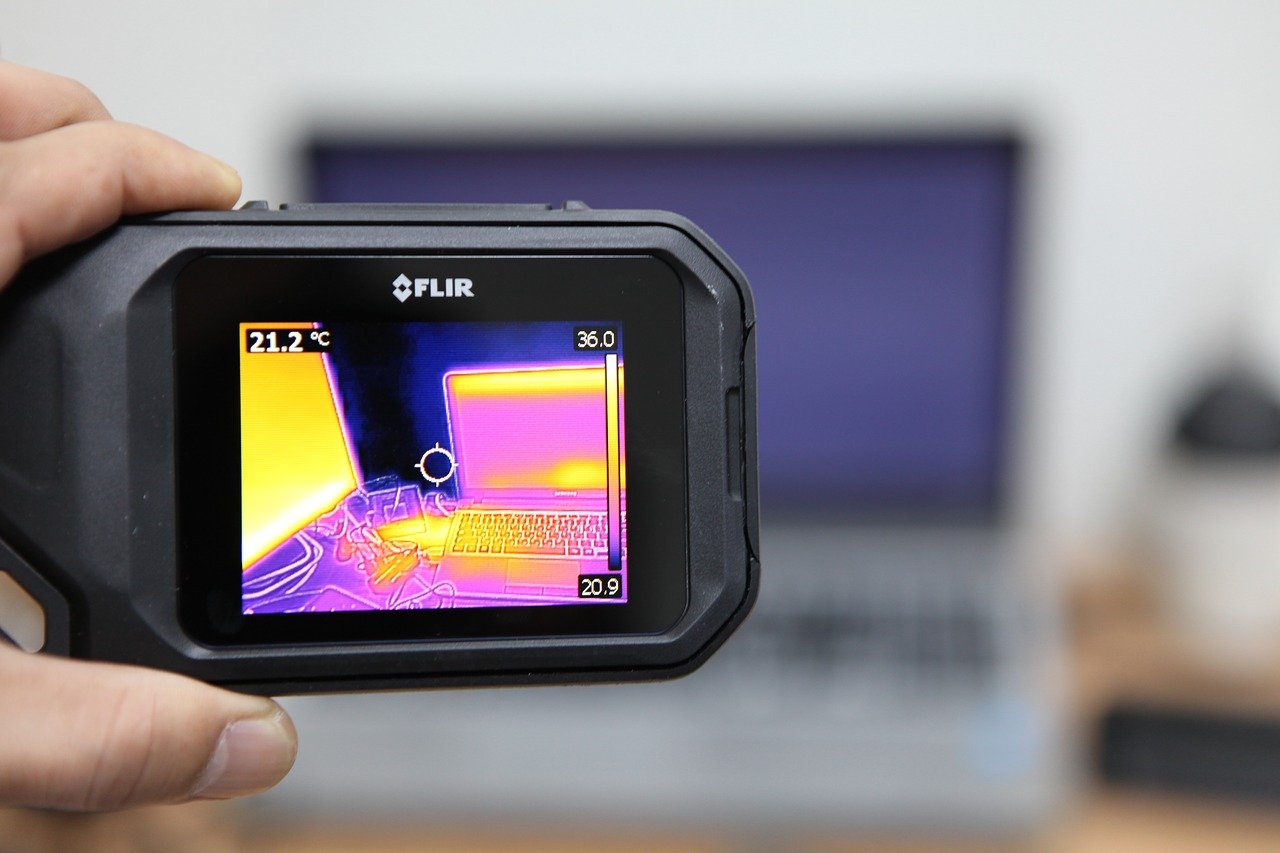
What is Electrical Thermal Imaging? It is a non-invasive diagnostic technique that visualizes and quantifies the surface temperature of an electrical equipment. Every object with a temperature above the absolute zero value shall emit an infrared radiation. This is invisible to the human eye. When we take the thermal image of an object using a thermographic camera, the emitted infrared radiations are well recorded.
The human eye is only capable of capturing certain limited wavelengths of light. The infrared radiations with higher wavelengths in the electromagnetic broad spectrum cannot be visible to our naked eye. Thermal imaging is used to improvise the visibility of objects and environment in dark, by utilizing the infrared radiations to detect and create an image, following their emitted radiations.
Transport Navigation :
The significant benefits of infrared thermal imaging made transportations easy at night. Thermal imaging cameras can detect the obstructions on a path. Hence they became useful for various fields like, maritime navigations, railway navigations, aerospace navigations and for road transports.
Thermal imaging cameras can overcome all limitations faced in the public transportation environment, such as metro platforms or railway tracks. Thermal imaging cameras at these facilities will allow the railway operators to detect any trespassers, stopped cars on tracks, people falling from platforms on tracks, people walking in tunnels, through the infrared or heat radiations and take appropriate measures.
Science and Research :
The thermal imaging services can be used for capturing and recording the thermal distribution and variation in real-time during a research. It allows the researchers to accurately measure the different heat patterns, reactions, and temperature factors, associated with their equipment and products.
The Infrared cameras can distinguish the temperature changes within an object or specific environment to evaluate their better performances and precise measurements required during a research. Their uses have been applicable in the research industry from various outer-space applications to Short Wave Infrared Imaging (SWIR) data collections, with the most advanced techniques for producing images.
Animal and Pest management :
The sensitive thermal scan imaging can detect the temperature differences at a wall or object to locate any rodent nests. The thermal cameras will be able to detect the irregular heat patterns, moisture or any sign of damage to indicate the presence of a pest. It is often the missing insulation or holes in walls that indicate their entry point.
Thermal cameras can detect the pest hotspots and help in identifying the exact location of the nests. This minimizes the amount of damage needed to remove them. Intruders like termites, rodents, hornets and other social insects can be tracked using thermal imaging which works completely in darkness.
Security :
Thermal energy passes through many visible obscurants like smoke, dust, fog and light foliage. Therefore, they can offer superior protection in challenging conditions like low-light scenarios. They specialize in different field-of-views and spatial resolutions to thermally record any tactical situations. Their low weight and less space utilizing features appear perfectly suited for indoor and outdoor surveillance applications.
They are also used for monitoring the country borders through long-distance observation and surveillance on the border sections. They help in detecting and tracking any suspicious vehicle or person, unexpectedly close to a borderline.
Healthcare Applications :
Medical thermal imaging is used for high-resolution diagnostic body images to detect, analyze and produce accurate diagnosis. The X-rays, CT Scans and MRI Scans are the different image producing techniques for different applications. Breast cancer, the most recurrently diagnosed cancer of women is predicted by screening through thermal imaging.
A comparison between the abnormal area temperatures to the temperature of the surrounding normal area of the body detects the sites of inflammation within the body. The captured thermal images are useful in diagnosing injury and pain, pathology, tumors and cysts, and for monitoring their treatment. This gave an insight to questions like What is Electrical Thermal Imaging and how it is helping us in the right way.